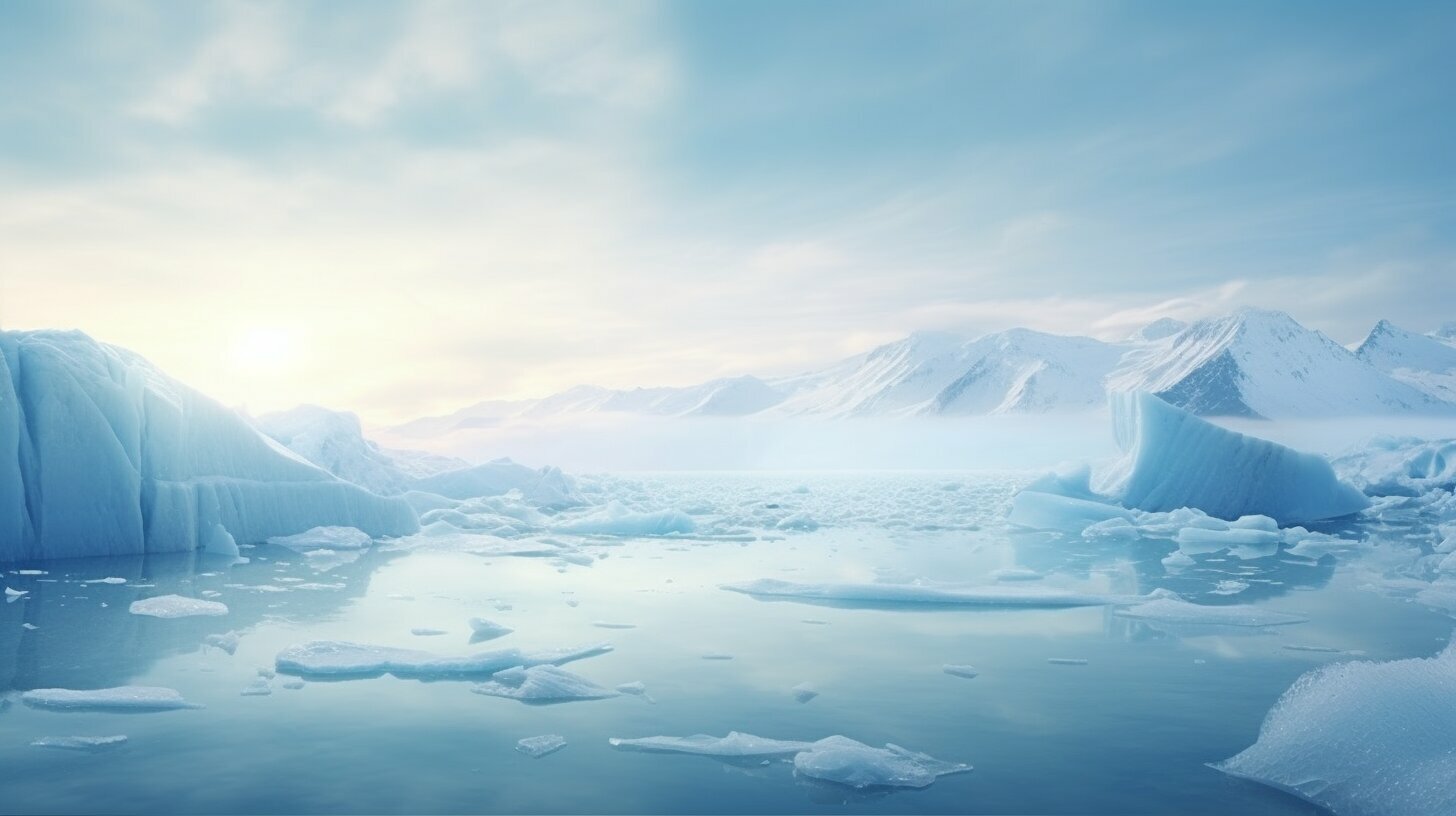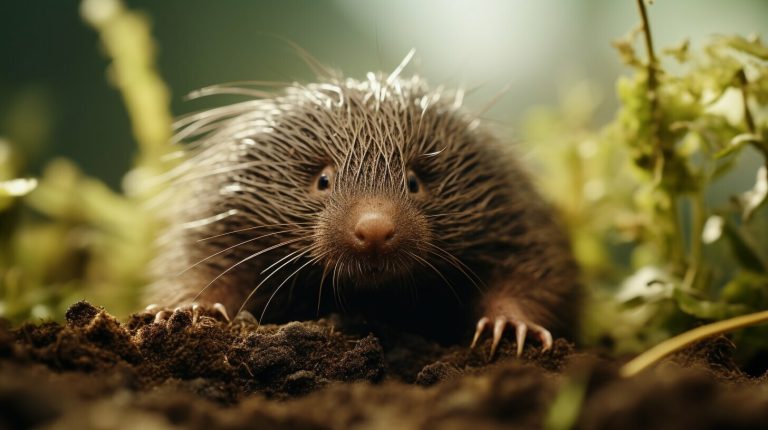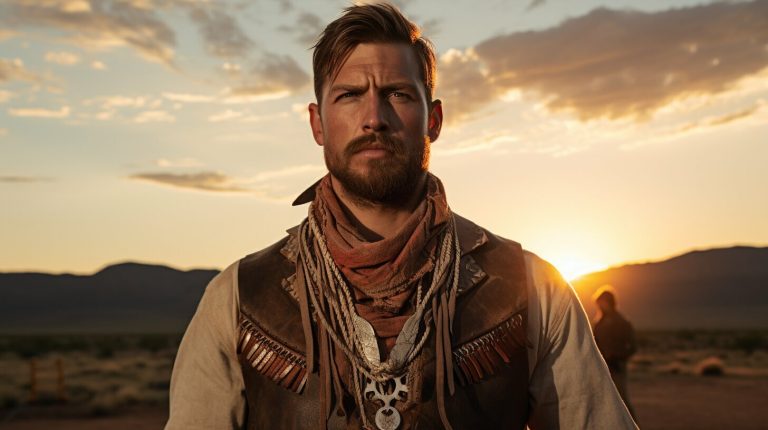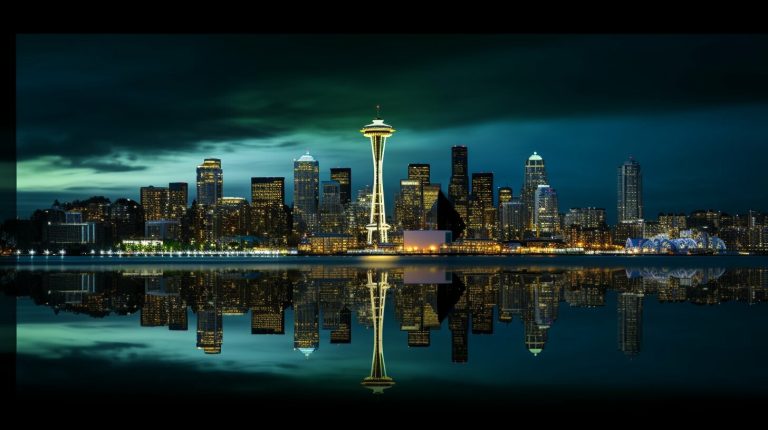Why is Greenland called Greenland and Iceland called Iceland: The Inside Story
Have you ever wondered why Greenland is called Greenland and Iceland is called Iceland? Let’s unravel the mystery behind these intriguing names. The names of Greenland and Iceland have puzzled many people because Greenland is covered in ice while Iceland is green. The actual answer to this question is quite unexpected.
In the Norse language, Greenland is called Kalaallit Nunaat, which means “Land of the People,” while Iceland is called Ísland, pronounced Ee-island. Greenland is actually located more north, south, east, and west than Iceland.
Erik the Red, who discovered Greenland and was banished from Iceland for murder, named the land “Greenland” to attract settlers. At the time, the southern part of Greenland was warmer, and Vikings settled there for farming and hunting walrus for ivory. However, the settlements eventually failed due to various factors such as climate change, the black death, and changing trade routes.
As for Iceland, it got its name from a depressed man named Flóki who described the country as icy after a difficult journey and a cold winter. Despite his negative experience, another crew member described Iceland as a rich land with grass that dripped with butter, which piqued people’s interest and led to the country’s settlement. Icelandic sagas and stories also played a role in solidifying the name.
Today, both Greenland and Iceland have a mix of ice and greenery, depending on the region.
Key Takeaways:
- Greenland is named after Erik the Red, who wanted to attract settlers to the land.
- Iceland got its name from a depressed man, Flóki, who described it as icy, but another crew member had a different, positive experience.
- Vikings settled in Greenland for farming and walrus hunting, but the settlements eventually failed.
- Icelandic sagas and stories played a role in solidifying the name of Iceland.
- Both Greenland and Iceland have a mix of ice and greenery in different regions.
Greenland’s Name Origin
The name “Greenland” might seem misleading considering its icy landscape, but there are fascinating historical reasons behind this name. In the Norse language, Greenland is called Kalaallit Nunaat, which means “Land of the People.” It was named as such by Erik the Red, a Viking explorer who discovered Greenland in the 10th century.
Erik the Red, who was banished from Iceland for murder, named the land “Greenland” in an effort to attract settlers. At the time, the southern part of Greenland had a milder climate, and it was suitable for farming and hunting walrus for their ivory. Erik the Red hoped that by giving the land a desirable name, he could entice more people to settle there.
Unfortunately, the Viking settlements in Greenland eventually failed due to various factors. Climate change, the black death, and changing trade routes all contributed to their demise. Despite this, the name “Greenland” has endured, continuing to puzzle and intrigue people to this day.
Greenland’s Actual Greenness
Interestingly, despite its icy reputation, Greenland does have regions that are green. The southern part of the country experiences relatively milder temperatures, allowing for the growth of vegetation. In fact, there are areas in Greenland with lush, green landscapes, particularly during the summer months when sunlight is abundant.
So, while Greenland may be predominantly covered in ice, it is not entirely devoid of greenery. Its name, though originally intended to attract settlers, serves as a reminder of the complexities and contradictions of this vast, Arctic land. Today, Greenland continues to captivate explorers and adventurers with its stunning landscapes, both icy and green.
| Interesting Facts about Greenland’s Name |
|---|
| Fact 1: The name “Greenland” was given by Erik the Red to attract settlers |
| Fact 2: Greenland is called Kalaallit Nunaat in the Norse language, meaning “Land of the People” |
| Fact 3: Despite its icy landscape, Greenland has regions with lush, green vegetation |
| Fact 4: Viking settlements in Greenland eventually failed due to climate change and other factors |
Iceland’s Name Origin
While Iceland may sound like a frozen wasteland, its name holds a surprising origin story that challenges common misconceptions. The actual answer to why Iceland is called Iceland is quite intriguing. In the Norse language, Iceland is called Ísland, pronounced Ee-island. It is derived from the Old Norse word “island,” which means “land of ice.” However, this name is not entirely accurate, as it does not reflect the true nature of the country.
One might assume that Iceland got its name due to its icy landscape, but there is more to the story. The name can be traced back to a man named Flóki, who embarked on a challenging journey to the land. After facing rough seas and a harsh winter, Flóki described the country as icy and referred to it as “Ísland” or “land of ice.” His negative experience led to the misconception that the entire country was covered in ice.
Contrary to Flóki’s description, another member of his crew had a different perspective on Iceland. He described it as a rich land with grass that dripped with butter, painting a vivid image of lush green landscapes. This positive depiction piqued the interest of potential settlers and played a significant role in attracting people to the country.
| Misconception | Clarification |
|---|---|
| Ísland means “land of ice.” | The name is derived from a challenging journey but does not accurately represent the entire country’s landscape. |
| Flóki’s negative experience shaped the perception of Iceland. | Another crew member’s positive depiction countered the misconception and attracted settlers. |
In addition to personal accounts, Icelandic sagas and stories also played a role in solidifying the name “Ísland.” These tales reinforced the image of a land with both icy and green elements, further enhancing the intrigue surrounding Iceland’s name.
Today, Iceland continues to captivate visitors with its diverse landscapes, from majestic glaciers to picturesque meadows. The country’s name serves as a reminder of the unexpected stories and misconceptions that have shaped its identity throughout history.
Greenland’s Viking Settlement
Despite the challenges of Greenland’s environment, Vikings attempted settlements, drawn by the prospects of farming and hunting walrus for ivory. Erik the Red, the infamous Norse explorer, discovered Greenland after being banished from Iceland for murder. In his quest to attract settlers, Erik strategically named the land “Greenland” to entice those seeking a new home.
At the time of the Viking settlements, the southern part of Greenland had a milder climate, making it suitable for farming. The fertile land allowed the Vikings to cultivate crops and raise livestock, providing sustenance for their growing community. In addition to agriculture, the Vikings in Greenland also engaged in hunting walrus for their valuable ivory. These tusks were highly sought after and served as a valuable commodity in the Viking trade network.
However, the Viking settlements in Greenland faced numerous challenges that ultimately led to their downfall. Climate change played a significant role, as the region gradually became colder and less conducive to farming. The arrival of the black death further devastated the population, leading to a decline in resources and manpower. Additionally, changing trade routes diverted attention and resources away from Greenland.
| Challenges | Prospects |
|---|---|
| Harsh climate | Opportunity for farming and walrus hunting |
| Outbreak of the black death | Rich resources and valuable ivory |
| Changing trade routes | Potential for economic growth |
“Despite the challenges, the allure of Greenland’s fertile lands and the abundance of walrus ivory proved irresistible to the Viking settlers.”
Despite their eventual failure, the Viking settlements in Greenland provide a fascinating glimpse into the tenacity and resourcefulness of these early explorers. Their brave attempts to conquer Greenland’s inhospitable environment demonstrate their unwavering spirit and desire for new opportunities.
Iceland’s Settlement and Description
The settlement of Iceland was not deterred by its name, as the allure of a rich land with butter-dripping grass captivated many. Despite the initial impression of it being icy, the contrasting accounts of Flóki and another crew member painted a picture of potential abundance. Flóki’s difficult journey and harsh winter led him to describe the country as icy, giving Iceland its name. However, another crew member saw a different side of the land, describing it as a rich land with grass that dripped with butter. This description intrigued others and sparked the interest in settling the country.
It wasn’t just the allure of a prosperous land that attracted settlers. Icelandic sagas and stories played a significant role in solidifying Iceland’s name and reputation. These tales painted vivid images of a fertile and bountiful land, enticing people with promises of natural beauty and abundant resources.
Today, Iceland continues to live up to its name, with its stunning landscapes and thriving ecosystems. From majestic glaciers and sparkling waterfalls to lush green valleys and vibrant geothermal springs, Iceland offers a unique blend of ice and greenery. The contrasting images of ice and grass coexist in harmony, creating a captivating environment that draws visitors from around the world.
| Key Points | |
|---|---|
| The settlement of Iceland was driven by the allure of a rich land with butter-dripping grass. | |
| The contrasting descriptions of Iceland by Flóki and another crew member gave rise to intrigue and curiosity. | |
| Icelandic sagas and stories played a role in solidifying Iceland’s name and reputation. | |
| Today, Iceland’s landscapes embody the mix of ice and greenery, creating a captivating environment. |
Greenland and Iceland Today
Today, Greenland and Iceland showcase a combination of ice and greenery, highlighting the diversity of their landscapes. Despite Greenland’s icy reputation, it is not entirely covered in ice. In fact, the southern part of Greenland experiences relatively mild summers, allowing for the growth of vegetation and the presence of colorful flora. This region is known for its stunning valleys, fjords, and meadows, offering a picturesque contrast to the icy glaciers that dominate the northern parts of the country.
Iceland, on the other hand, is renowned for its captivating volcanic landscapes and geothermal wonders. The island’s geothermal activity supports lush vegetation, creating vibrant green fields and moss-covered lava formations. From cascading waterfalls to geysers and hot springs, Iceland’s natural beauty is a testament to the harmonious coexistence of ice and greenery.
In addition to their natural wonders, both Greenland and Iceland are home to thriving wildlife. Greenland’s coastal areas are frequented by seals, whales, and a variety of seabirds, while polar bears roam the vast Arctic tundra. Iceland boasts a rich birdlife, including puffins, guillemots, and arctic terns, making it a paradise for birdwatchers.
| Greenland | Iceland |
|---|---|
| Stunning valleys, fjords, and meadows | Vibrant green fields and moss-covered lava formations |
| Icy glaciers in the north | Volcanic landscapes and geothermal wonders |
| Coastal areas teeming with seals, whales, and seabirds | Rich birdlife including puffins, guillemots, and arctic terns |
Greenland and Iceland have managed to embrace their contrasting environments, each offering unique experiences for visitors. Whether it’s witnessing the awe-inspiring icebergs in Greenland or exploring the geothermal wonders of Iceland, these countries continue to captivate travelers with their remarkable blend of ice and greenery.
Conclusion
The names Greenland and Iceland have captivated our curiosity with their unexpected origins, proving that sometimes truth is stranger than fiction. It’s a fascinating tale of how these seemingly contradictory names came to be, and the truth behind them is far from what one might expect.
In Norse, the language of the Vikings, Greenland is called Kalaallit Nunaat, which means “Land of the People.” Despite its icy landscape, Greenland’s name reflects the fact that it was once warmer and more habitable in certain regions, attracting settlers, particularly Vikings who sought fertile lands for farming and abundant walruses for ivory.
Iceland, on the other hand, got its name from a depressed man named Flóki who described the country as icy after a tough journey and a harsh winter. But interestingly, another crew member painted a completely different picture, describing Iceland as a rich land with grass that dripped with butter. This contrasting account sparked intrigue and ultimately led to the settlement of Iceland.
Today, both Greenland and Iceland continue to defy expectations with their mix of ice and greenery. Depending on the region, one can find stunning glaciers and frozen landscapes alongside vibrant green valleys and lush meadows. It’s a testament to the unique geographical diversity of these lands.
FAQ
Why is Greenland called Greenland and Iceland called Iceland?
The names of Greenland and Iceland have puzzled many people because Greenland is covered in ice while Iceland is green. The actual answer to this question is quite unexpected.
What is the origin of Greenland’s name?
Greenland got its name from Erik the Red, who discovered the land and named it “Greenland” to attract settlers. At the time, the southern part of Greenland was warmer, and Vikings settled there for farming and hunting walrus for ivory.
What is the origin of Iceland’s name?
Iceland got its name from a depressed man named Flóki who described the country as icy after a difficult journey and a cold winter. However, another crew member described Iceland as a rich land with grass that dripped with butter, which piqued people’s interest and led to the country’s settlement.
What led to the Viking settlement in Greenland?
The Viking settlement in Greenland was motivated by favorable conditions for farming and hunting walrus for ivory in the southern part of the country. However, the settlements eventually failed due to various factors such as climate change, the black death, and changing trade routes.
How did Iceland become settled and described?
Iceland was settled based on contrasting descriptions. Flóki described the country as icy, but another crew member described it as a rich land with grass that dripped with butter. Icelandic sagas and stories also played a role in solidifying people’s perception of Iceland.
What is the current state of Greenland and Iceland?
Both Greenland and Iceland have a mix of ice and greenery, depending on the region. They have undergone changes and developments in recent times, but the unique landscapes still captivate visitors.
- Discovering Why Do Women Wear Lipstick: A Deeper Look - 19/12/2023
- Why Do Golfers Only Wear One Glove? - 16/12/2023
- Why Don’t Hobbits Wear Shoes? - 14/12/2023
Hi, I’m Rhiannon, the lead author behind The News Wire. As a passionate journalist, I strive to bring you the latest news and updates from all over the world. With a keen eye for detail and a dedication to unbiased reporting, I aim to deliver well-researched and informative articles that keep you informed and engaged. From breaking news to in-depth analyses, I cover a wide range of topics with the aim of keeping you in the loop. Join me on The News Wire as we explore the dynamic and ever-changing landscapes of global events, uncovering the stories that matter most.






